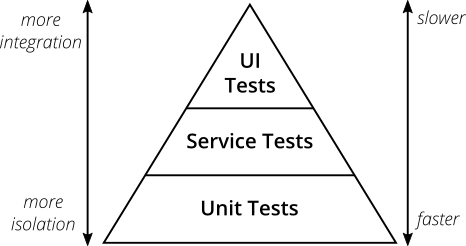Data Quality Maturity: Unlock Performance, Cut Costs
Your data drives your business, so data quality (or the lack of it) can have far-reaching impacts. Especially as companies incorporate artificial intelligence (AI) and machine learning (ML) to drive value across the enterprise, it’s becoming even more important to harmonize people, process, and technology to gain maximum returns from your data.
But that’s a complex challenge. How do you figure out whether to hire or train people, build standards and governance, or implement enterprise data management systems - or maybe a little bit of all three? As a first step, you can use a maturity model to quickly assess your current state and identify gaps to close.
Many of today’s maturity models are based on the Capability Maturity Model (CMM), a five-level framework that originated in the mid-1980s at the Software Engineering Institute (SEI). Because software development was becoming more and more critical for the U.S. DoD (Department of Defense) activities, leaders were already seeking ways to simultaneously reduce costs and improve quality. In one of the earliest papers that presented the CMM, Humphrey (1988) described this driver: “Software is a major and increasing portion of U.S. DoD procurement costs and software severely affects the schedules and utility of many weapons systems developments.”
Although the maturity model has been reinvented many times over to address specific challenges like innovation, business processes, DevOps, Master Data Management, testing, and supply chain optimization, the vast majority still follow Humphrey’s original levels:
- Initial - organization is reactive, and processes are ad hoc or out of control
- Repeatable - processes are in place, but may have limited scope
- Defined - systematic, repeatable processes are deployed broadly across the company
- Managed - processes are rigorously followed and continuous improvement is the norm
- Optimized - automation is in place, feedback loops are managed, and continuous improvement leads to breakthroughs

You too can use maturity models as strategic guidance. Take a look at which one of these five descriptions best matches your organization from at least four perspectives (Wibisono et al., 2018):
- How well you understand what good data looks and feels like
- How rigorously you verify and validate data sources and workflows
- To what extent you have relevant standards and governance in place
- The degree to which you’ve made the connection between improving data quality and moving the needle on important business metrics/KPIs.

Additional Reading
Humphrey, W. S. (1988). Characterizing the software process: a maturity framework. IEEE software, 5(2), 73-79.
Wibisono, S. B., Hidayanto, A. N., & Nugroho, W. S. (2018). Data Quality Management Maturity Measurement of Government-Owned Property Transaction in BMKG. CommIT (Communication and Information Technology) Journal, 12(2), 59-72. Available from https://journal.binus.ac.id/index.php/commit/article/viewFile/4470/3443

